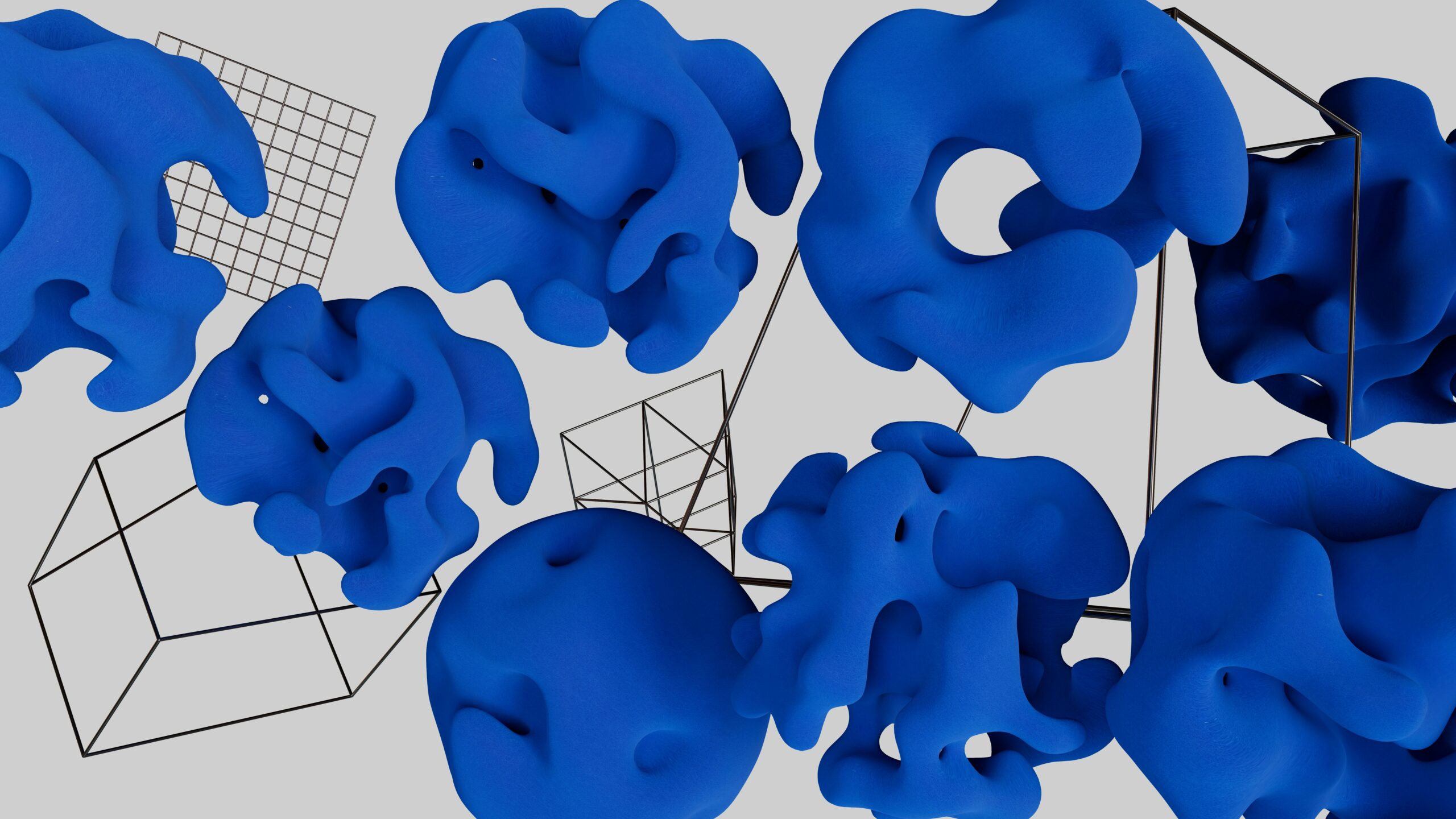Patentability of Man-Made and Novel Non-Living Substance

The appellant filed an Indian patent application (5808/CHENP/2007) derived from PCT Application No. PCT/US2006/023856, titled “Receptor Antagonists for Treatment of Metastatic Bone Cancer.”
The application claimed priority from a US application dated 17 June 2005 and initially had 80 claims.
After examination, objections were raised under Sections 3(c), 3(i), and 3(j) of the Patents Act, 1970, regarding the patentability of the claimed antibodies.
The appellant amended the claims and responded to the objections, asserting that the antibodies were not isolated from nature but were generated using transgenic mice expressing human immunoglobulin chains and hybridoma technology.
The appellant explained that paragraphs [00153] and [00154] describe the process in detail wherein it is specified that the antibody was generated by immunizing transgenic mice (engineered mice) that express human gamma heavy and kappa light immunoglobulin (Ig) chains with porcine aortic endothelial (PAE) cells expressing platelet~derived growth factor receptor alpha(PGDFR alpha), which were subsequently boosted with PGDFR alpha extracellular domain (ECD). The appellant further asserted that the material generated in response by such transgenic mice was extracted from the cells of the spleen of the mice, fused with immortal myeloma cells by using hybridoma technology so as to produce the antibody therefrom through the processes of cloning and chromatography. Thus, they asserted that the antibodies were not isolated from nature, as the above-mentioned chain of events does not occur in nature.
In the impugned order, the respondent (Patent Office) rejected the claims, concluding that the antibodies were produced by standard methods and were discoveries of naturally existing substances, thus not patent-eligible under Section 3(c) of the Patents Act. this led to the present appeal in the Madras High Court.
The issue before the High Court was whether the recombinant antibodies targeting PDGFR alpha, claimed in the patent application, are patentable under Section 3(c) of the Patents Act, 1970, or are considered discoveries of naturally occurring substances.
The appellant argued that the antibodies were not isolated from nature but were generated using transgenic mice expressing human immunoglobulin chains, immunized with PDGFR alpha-expressing cells, and hybridoma technology, as described in the specification. As per them, this modified antibody wasn’t something found naturally because it was created through a complex process involving genetic engineering and selection by using special cells and proteins. The antibodies are not naturally occurring and are genetically modified substances, not excluded by Section 3(c) if they meet other patentability criteria. The appellant pointed out that using these specific components was necessary to prevent interference with natural bodily functions, especially during embryonic development.
Respondents (Patent Office) argued that the antibodies were isolated from human beings, as admitted in the specification (paragraph [0075]) and evident from the sequence listings showing the organism of origin as “Homo sapiens.” as per them, the appellant merely generated known and naturally occurring antibodies using standard hybridoma technology, which is not novel. No recombination was seen in the sequence listings. The claimed invention falls squarely within the exclusion of Section 3(c) of the Patents Act.
Respondents placed reliance on several judgments of the Intellectual Property Appellate Board (IPAB) for interpreting Section 3(c) of the Patents Act including Biogaia AB v. Controller of Patents and Designs, wherein in paragraph 8 it was highlighted that non-living substances occurring in nature or isolated from nature are not eligible for patents. However, it also emphasized that genetically modified microorganisms or nucleic acid sequences may not be excluded if they meet other criteria such as novelty, inventive step, and industrial applicability.
In the University of British Columbia v. Controller of Patents, paragraph 9, it was established that non-human monoclonal antibodies do not fall under the scope of Section 3(c) of the Patents Act.
Then in Health Protection Agency v. The Controller General of Patents and another, paragraph 12, stated that substances created with human intervention do not fall within the scope of Section 3(c).
The antibodies claimed in the invention were indeed isolated from human beings as mentioned in paragraph [0075] of the complete specification, where the appellant allegedly admitted that the antibodies and antibody fragments could be obtained from naturally occurring antibodies. Additionally, certain sequence (SEQ) ID numbers specified the organism of origin as Homo sapiens.
The appellant utilized standard hybridoma technology to generate known and naturally occurring antibodies, which lacked novelty. No recombination was evident in the sequence listing.
Regarding previous orders of the Intellectual Property Appellate Board (IPAB) and decisions of the Patent Office, the respondent distinguished the IPAB order in the Health Protection Agency, stating it pertained to a biological process indicator not found in nature. Similarly, they differentiated the Patent Office’s decisions in Patent Application No.5057/CHENP/2007 and Patent Application No.2569/MUMNP/2008, which allegedly involved mutated antibodies.
In response to these contentions raised by the respondents, the appellant filed a rejoinder clarifying that the antibodies claimed in the invention were not isolated from human beings but were produced using transgenic mice engineered with human genes. These mice were immunized with PAE cells expressing PGDFR alpha, followed by isolation of splenocytes and fusion with myeloma cells to produce the antibodies. Therefore, they argued that these antibodies cannot be considered isolated from human beings which is the reason they do not fall within the scope of Section 3(c) of the Patents Act. To support this interpretation, reference was made to the legislative history of Section 3(c), wherein in the Patents (Second Amendment) Bill, 1999 (Bill No.49) and related parliamentary speeches, it was contended that the above provision (Section 3 (c)) was amended to introduce the third limb, which cannot be interpreted with reference to Section 3(d), which was amended separately.
Further, Delhi High Court in Diamond Star Global Sdn. Bhd. v. Joint Controller of Patents and Designs (Diamond Star), held that “mere” in Section 3(c) also extends to “discovery of any living thing or non-living substance occurring in nature.” hence, the instant invention does not fall within the exclusions of Section 3(c) of the Patents Act.
After considering the rival submission of the parties, the court held that the antibodies did not originate from humans based on the sequence listing, as some sequences specified “unidentified” or “artificial” organisms. Hence, they qualify for patent protection under Section 3(c).
Regarding the patentability of the appellant’s monoclonal antibodies, the court noted that Antibodies are proteins naturally produced by the human body’s immune system to defend against antigens, which include bacteria, viruses, fungi, toxins, and allergens. The specific part of the antigen to which an antibody binds is called an epitope. Antibodies consist of four polypeptide chains, two heavy and two light chains, forming a Y-shaped structure. Each chain has a variable region, determining the antibody’s specificity, and a constant region. The variable regions contain complementarity-determining regions (CDRs), crucial for binding to epitopes. Polyclonal antibodies are produced by various B cells and can bind to multiple epitopes on the same antigen. In contrast, monoclonal antibodies are produced by identical B cells, binding to a single epitope, and can be classified into non-human, chimeric, humanized, and human categories based on their derivation.
The Court further noted that Section 3(c) excludes the mere discovery of a scientific principle or the formulation of an abstract theory or discovery of any living thing or non-living substance occurring in nature from being considered inventions under the Patents Act. “Mere” relates to only the first limb of Section 3(c) -the discovery of a scientific principle and not the discovery of living or non-living substances. Further, “occurring in nature” applies only to non-living substances, and not to living things. Hence, naturally occurring non-living substances are excluded from patent eligibility, while synthetic or engineered substances could be eligible.
The court placed reliance on a plethora of judgments including Sidney A. Diamond v. Ananda M. Chakrabarty wherein the US Supreme Court established that man-made bacteria are patentable, Mayo Collaborative Services, dba Mayo Medical Laboratories v. Promotheus Laboratories Inc.(Mayo) wherein the same apex authority held that laws of nature, physical phenomena, and abstract ideas are not patentable and Association for Molecular Pathology et al v. Myriad Genetics et al wherein naturally occurring DNA was barred from not patent eligibility and cDNA were held patentable due to human intervention.
Regarding the appellant’s monoclonal antibodies, the court noted that they are produced using hybridoma technology and transgenic mice expressing human immunoglobulin chains which target specific epitopes of the PDGFR alpha receptor, which is engineered and not naturally occurring. Although the organism specified in the sequence listing is primarily “homo sapiens,” some sequences are listed as “unidentified” or “artificial,” indicating synthetic origin. It was not the hybridoma technology that was claimed by the appellants as the investigation but the specific engineering of monoclonal antibodies targeting PDGFR alpha was claimed as a unique invention.
In view of the above conclusion, the court directed that the claimed invention be granted on the basis of the current claims, which were submitted in the course of hearings before the respondent.
By entering the email address you agree to our Privacy Policy.



